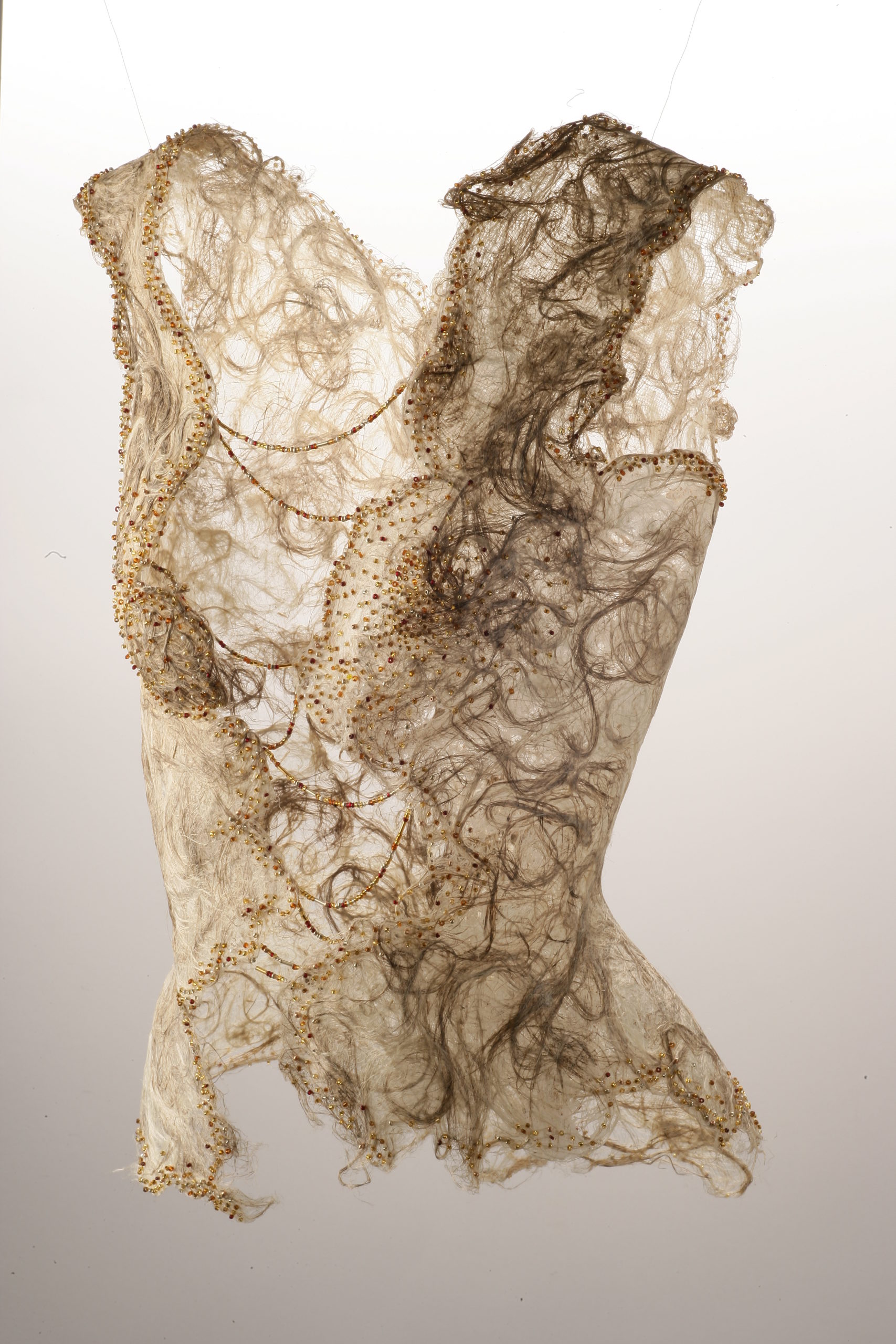She tells how she fell into the pot, like Obelix. A broth of curiosity and love of nature led the visual artist Lola Greenwich to become interested in plants. She observes them, admires their beauty, experiments and sometimes succeeds in transforming them into solid and resistant paper, which she then handles according to her inspiration.
Feat-Y: How did you become a plastic surgeon?
Lola Greenwich: I studied visual arts! I’ve always been immersed in this field: I come from a family of artists and architects. I gradually became interested in the subject. In the beginning, I made my own recycled paper, then I got wind of the vegetable paper technique. About 25 years ago, I went to the Vosges to do an internship in the manufacture of vegetal paper in the Vosges, with the artist Claudie Hunzinger. Nature is so abundant that I am constantly testing new plants!
Feat-Y: It occupies a dominant place in your works, why?
L.G.: I have a special connection with her. I like to go for long walks by myself. I am always looking for the little ray of light, the moment of tranquility that nature can bring me. I try to transcribe these moments captured in my works. For me, it is very important to reconnect with the essential and simple things.
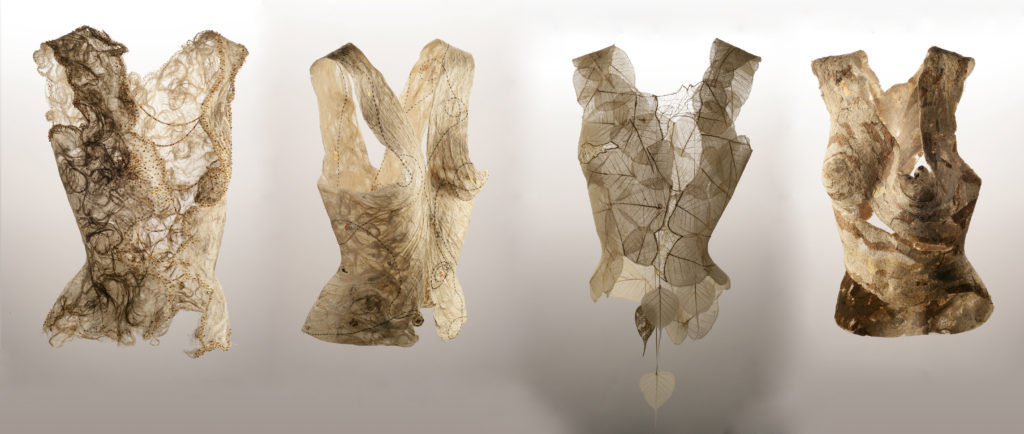
Feat-Y: Do you have other sources of inspiration?
L.G.: She can also come by reading poetry, or by hearing a particular phrase. I am often inspired by texts or poems related to nature, which tell of an inner quest. I think for example of the books Forêt voisine, by Maurice Genevoix, andNeige, by Maxence Fermine. My idea of a work then becomes clearer as I go along. The text brings me images, sensations, then the contact of the paper material will inspire me.
Feat-Y: How is a plant turned into vegetable paper?
L.G.: It’s quite long. It goes through the gathering of the plants, followed by a cooking phase in a pot, to obtain the cellulose fiber. It is cooked either with a mixture of water and soda lye, or with a mixture of water and ashes. Moreover, I use my cooking water ad infinitum. I don’t throw the soda lye into the environment, but I filter it and use it again for my next cookings. The cooking time varies according to several criteria. Among other things, the nature of the device used, the harvesting season, the fibres of the plant, or whether it is fresh or dry.
Feat-Y: What happens after firing is completed?
L.G.: The cellulose fiber is rinsed and then ready to be transformed into paper. All that remains is to make the sheet: the pulp is placed on the sieve, without drawing water. Sometimes it can be used as it is. Other times, it is worked by passing it to the pestle. We can also cut it, crush it, mix it… When the sheet is composed on the sieve, we take it out of the water and we lay it on a cloth. The last step is the press. It is necessary to change the fabrics very often to absorb the water, then the sheet is put on grey cardboard.
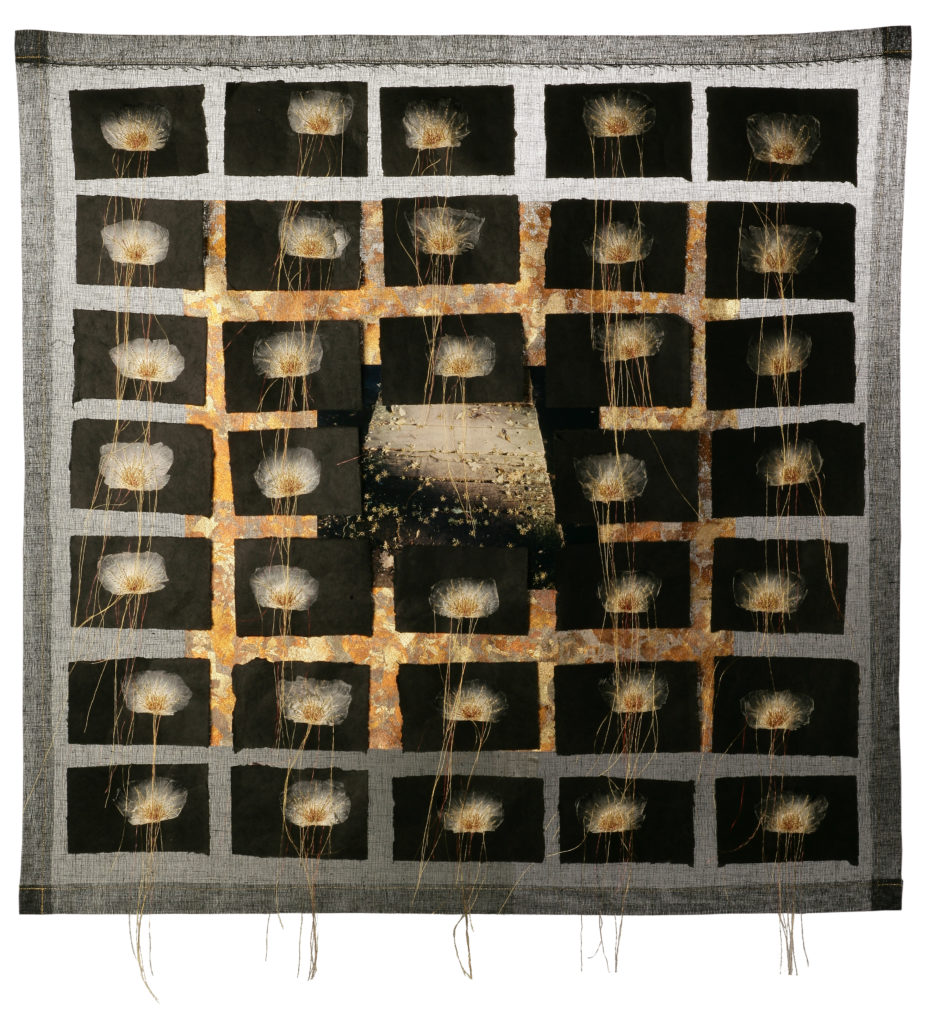
Feat-Y: How do you work with the resulting paper?
L.G.: I make murals, two-dimensional works, or sculptures, like my human-sized busts. Ce sont des costumes pour une dryade, une fée des bois. There are four of them, corresponding to the four seasons. Here, the link with nature is made by the material, but also by the theme. On the technical side, I embroider by hand or by machine, I add beads, gold leaf, woven textile elements, and others from nature, without being transformed: seeds, shells, bits of branches …
Feat-Y: How do you choose the plants?
L.G.: There is first of all an experimental phase. I don’t know how the paper will turn out! It’s the transformed matter that inspires me. One day, I tested lichen: I’ve always liked its graphics! When the sheet was wet, it was rubbery, I thought I could do whatever I wanted with it. But once dry, it became as brittle as a lace pancake.
Feat-Y: Do you have a favorite subject?
L.G.: Flax fiber! I use it to work volumes. It is long, resistant and has a pearly and precious natural look.
Feat-Y: How do you approach your themes?
L.G.: I sometimes work in series. A theme inspires me, and I break it down into various works. I often have more than one on the way, and for several years now. Having them in front of me allows my thinking to mature and take my idea all the way to the end.
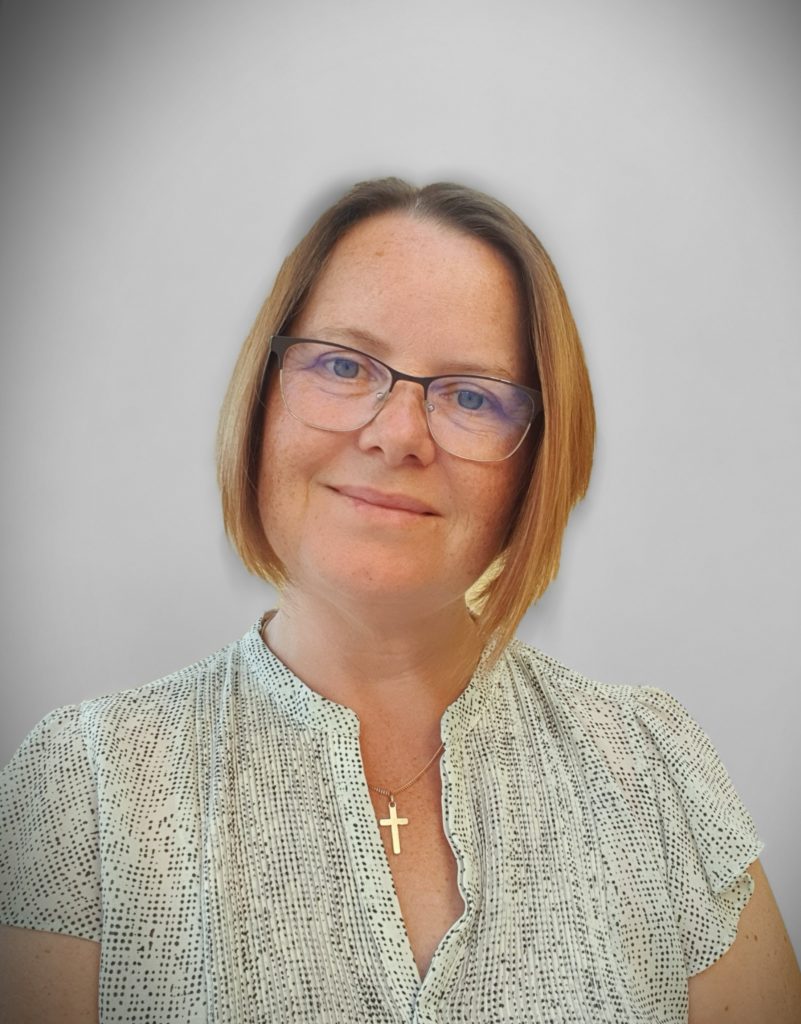
Feat-Y : Quelle est votre mise à jour ?
L.G.: One of my works has been selected for an online exhibition, the BIAMT 2020 (Biennale Internationale d’Art Miniature Timisoara). It will be accessible from November 26th. I organize workshops in my workshopto share the technique of making vegetable paper. I will also do one from Paris Atelier, from February 22nd to 24th 2021.
Feat-Y: What kind of artwork would you be?
L.G.: A poem. We can convey a lot of things through the visual, but also through words.
Feat-Y: Which plant would you be?
L.G.: The mimosa! It is yellow, bright, alive. It is soft in its texture and its subtle perfume.
Interviewed by Mélanie Domergue
Infos :
Internet : https://lolagreenwich.com/
Facebook : https://www.facebook.com/lola.greenwich.ateliers
to access au BIAMT 2020 dès le 26 novembre :http://arte-fact.uvt.ro/projects/biamt2020
